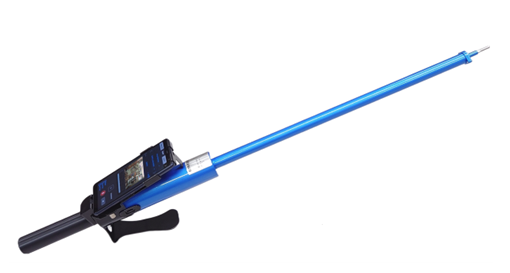Nippon Yusen Kabushiki Kaisha (NYK), MTI Co. and Nabtesco Corporation have developed an electric diagnostic tool that records, visualises, and analyses the operational sounds of a vessel’s engine plant for early anomaly detection.
The device has been named “Kirari MUSE” and can store operational sounds from plants as data and use it to diagnose ship-equipment conditions.
In particular, Nabtesco launched the sale of the device on 18 October.
According to NYK, listening rods made of elongated metal are widely used for diagnosing equipment conditions, such as in ships and factories.
By placing a listening rod on a turbine, motor, or other equipment, the operational sound of the object can be captured without being affected by ambient noise, and invisible abnormalities can be detected.
Listening rods, however, present difficulties because the sound cannot be accumulated as data and shared with third parties.
Kirari MUSE comprises an electric listening rod, a dedicated smartphone as an operation device, and PC software. The electric rod has a recording function, and the PC software enables the recording, analysis, and sharing of sounds by seafarers during patrols as chart and graph data.
An alarm appears on the software if the sound data deviates from the set reference data. The dedicated smartphone is utilised for operations such as selecting the device to be inspected, recording memos during inspection, and transferring the data to the software.
By accumulating sound as data, Kirari MUSE helps to compare the sound data with threshold and past data without being affected by the experience and knowledge of individual seafarers, leading to early anomaly detection.
In addition, Kirari MUSE enables us to share the accumulated big data with ships and shore.
Kirari MUSE does not require connection to external software and can be used for non-marine equipment.







